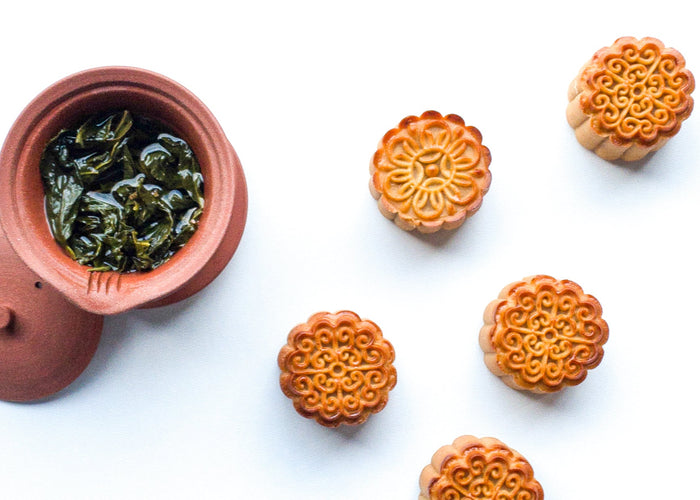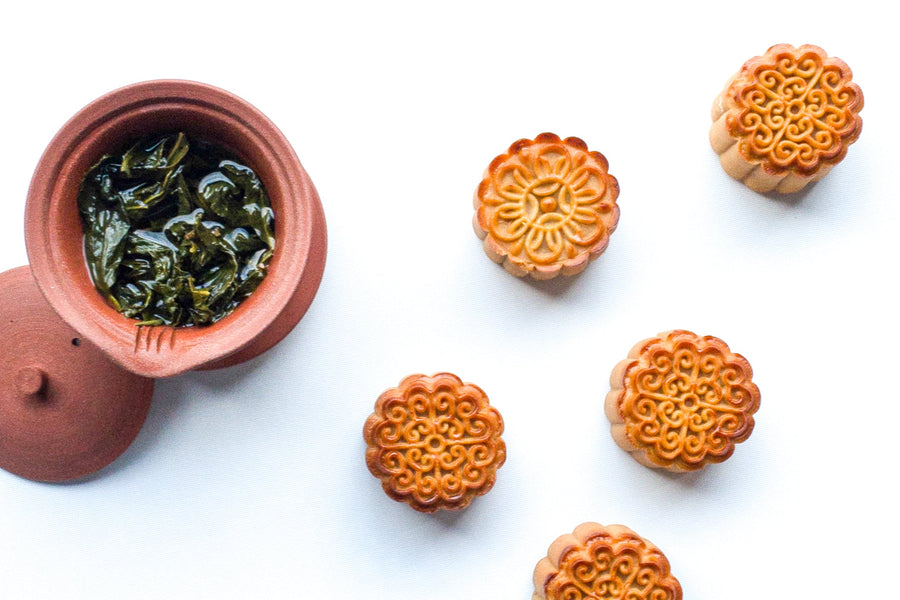Shincha Saemidori 2025 No.353
Shincha - Japanese green tea from the first harvest
elegant, fresh like the Spring
brings a bright and calm awareness
- Unit price
- /per
Shincha - Japanese green tea from the first harvest
elegant, fresh like the Spring
brings a bright and calm awareness
Adding product to your cart
The first Spring tea in Japan is Shincha 新茶.
Japan has four harvest seasons from Spring to Autumn. The first is Ichibancha, also known as Shincha (new tea, first tea). Every year in the Kyoto area, harvesting begins on the 88th day of the lunar calendar (Hachijuhachiya), which falls at the end of April. Shincha's true value comes from the fact, among other things, that the first
buds after the tea bushes have rested for the winter contain lots of extra amino acids and other good, extra nutrients. It is said that the very early spring buds contain three times as much theanine as the subsequent harvests, making the tea rounder and sweeter. It has
recently become popular in Japan to shade Sencha and especially Shincha for 5-7 days before harvesting. This makes the tea even greener (chlorophyll) and sweeter. This Shincha was also shaded for 7 days before harvest.
Our Japanese tea comes from Uji, Japan's esteemed tea producing region. Yoshida Masahiro and his family have been tending and cultivating the family tea garden for 16 generations, nearly 500 years. They are also the caretakers of the oldest tea garden in Japan, which is a great honour. Japanese teas have such a distinct flavour profile, with green, fresh, lively notes, that they have become an instant favourite. We are very fortunate to be able to drink the teas of a tea garden with such an exceptional tradition.
The steamed aroma is reminiscent of wilted spinach, seeds and buttered biscuits. The first 70 seconds of infusion reminds us of sweet peas, roasted celery, edamame beans and our grandmother's soup brewing on the stove with tender spring vegetables and lovage. The next 20-20 second infusions make the brew more opalescent. Round, sweet, compex, and intense umami is present. Acacia flowers freshen the palette on the finish. A calm, elegant, meditative tea.
Quantity: 5-6 grams per 180ml
Water temperature: 70ºC. From fresh spring, mineral water, or filtered water
Brewing time: 70, 20, 20, 50… seconds
Infusions: 3-4
Besides the following recommendation for preparation, worth to try it with Mr. Masahiro's recipe. We put 3 grams of Shincha to every 100 ml of water, pour it with 80ºC water, and steep it for 60 seconds. When we try this method, we got more vigorous tea with intense notes.
The first Spring tea in Japan is Shincha 新茶.
Japan has four harvest seasons from Spring to Autumn. The first is Ichibancha, also known as Shincha (new tea, first tea). Every year in the Kyoto area, harvesting begins on the 88th day of the lunar calendar (Hachijuhachiya), which falls at the end of April. Shincha's true value comes from the fact, among other things, that the first
buds after the tea bushes have rested for the winter contain lots of extra amino acids and other good, extra nutrients. It is said that the very early spring buds contain three times as much theanine as the subsequent harvests, making the tea rounder and sweeter. It has
recently become popular in Japan to shade Sencha and especially Shincha for 5-7 days before harvesting. This makes the tea even greener (chlorophyll) and sweeter. This Shincha was also shaded for 7 days before harvest.
Our Japanese tea comes from Uji, Japan's esteemed tea producing region. Yoshida Masahiro and his family have been tending and cultivating the family tea garden for 16 generations, nearly 500 years. They are also the caretakers of the oldest tea garden in Japan, which is a great honour. Japanese teas have such a distinct flavour profile, with green, fresh, lively notes, that they have become an instant favourite. We are very fortunate to be able to drink the teas of a tea garden with such an exceptional tradition.
The steamed aroma is reminiscent of wilted spinach, seeds and buttered biscuits. The first 70 seconds of infusion reminds us of sweet peas, roasted celery, edamame beans and our grandmother's soup brewing on the stove with tender spring vegetables and lovage. The next 20-20 second infusions make the brew more opalescent. Round, sweet, compex, and intense umami is present. Acacia flowers freshen the palette on the finish. A calm, elegant, meditative tea.
Quantity: 5-6 grams per 180ml
Water temperature: 70ºC. From fresh spring, mineral water, or filtered water
Brewing time: 70, 20, 20, 50… seconds
Infusions: 3-4
Besides the following recommendation for preparation, worth to try it with Mr. Masahiro's recipe. We put 3 grams of Shincha to every 100 ml of water, pour it with 80ºC water, and steep it for 60 seconds. When we try this method, we got more vigorous tea with intense notes.











